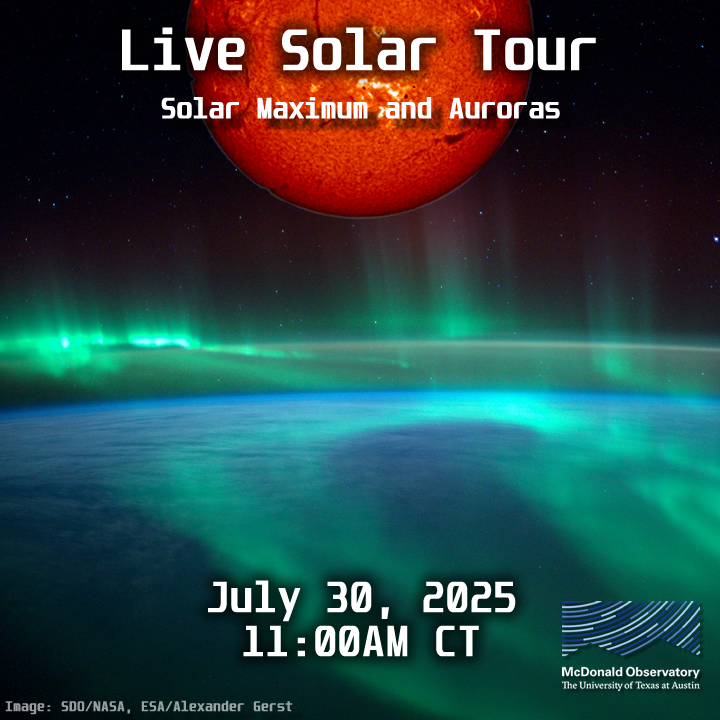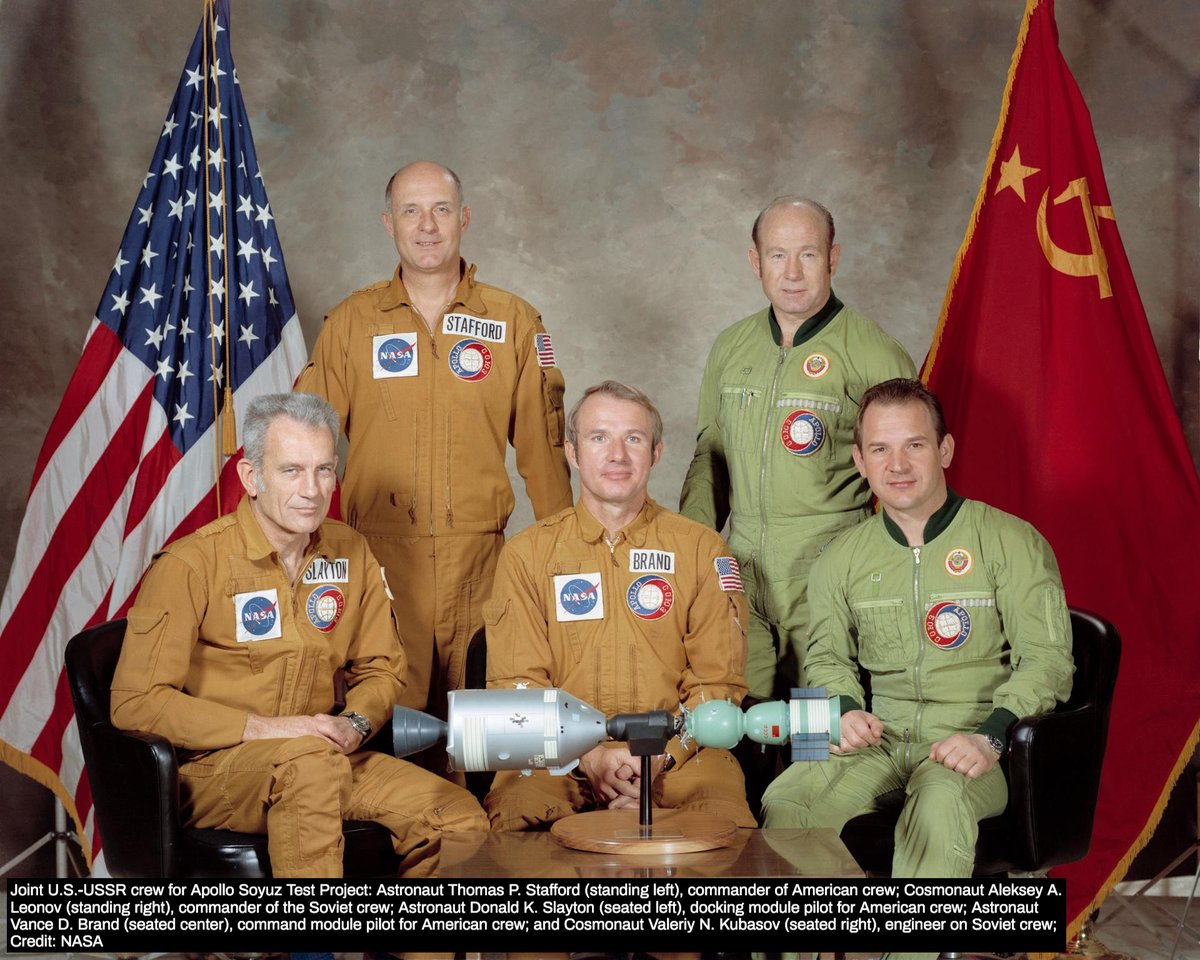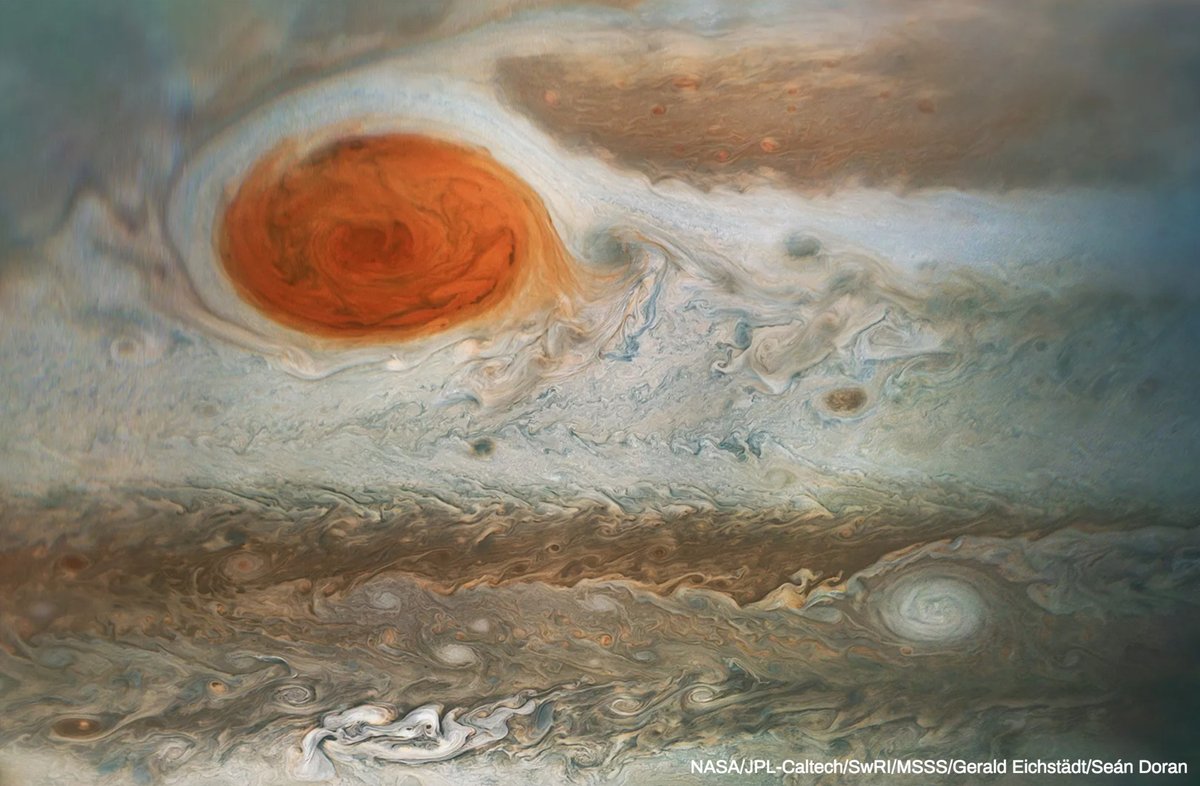StarDate
@stardate
Official account for StarDate, the public education & outreach arm of McDonald Observatory, a research unit of @UTAustin. New podcasts & print issues regularly!
ID: 15265775
http://stardate.org 28-06-2008 20:35:05
2,2K Tweet
3,3K Followers
119 Following


🌞 Explore the Sun with McDonald Observatory in our July livestream - All about the Sun! Weather permitting, we'll show you live views of the Sun, discuss its cycle, how it creates auroras on Earth, and much more. Hope you can join us! ow.ly/PUub50Wueuv #livestream #solar #auroras








![StarDate (@stardate) on Twitter photo A bright trio lines up low in the east at first light tomorrow. The brightest member is Venus, the Morning Star, with the star Aldebaran close to its upper right.
Star cluster NGC 1647 is closer to the right of Venus - you need binoculars to see it.
[NGC 1647; Roberto Mura, CC] A bright trio lines up low in the east at first light tomorrow. The brightest member is Venus, the Morning Star, with the star Aldebaran close to its upper right.
Star cluster NGC 1647 is closer to the right of Venus - you need binoculars to see it.
[NGC 1647; Roberto Mura, CC]](https://pbs.twimg.com/media/Gv_a72ZWIAAI6h4.jpg)
![StarDate (@stardate) on Twitter photo 🌓 The Moon is at last quarter today, at 7:39 p.m. CDT.
It lines up at a right angle to the line from Earth to the Sun, so sunlight illuminates half of the lunar hemisphere that faces our way.
[Image: Moon, as seen from the ISS; Credit: NASA / JSC] 🌓 The Moon is at last quarter today, at 7:39 p.m. CDT.
It lines up at a right angle to the line from Earth to the Sun, so sunlight illuminates half of the lunar hemisphere that faces our way.
[Image: Moon, as seen from the ISS; Credit: NASA / JSC]](https://pbs.twimg.com/media/GwEkZ6PXgAAguGM.jpg)

![StarDate (@stardate) on Twitter photo The Moon and the Seven Sisters huddle up in the wee hours tomorrow morning.
The Moon will “occult” some of the sisters, the brightest stars of the Pleiades star cluster.
The stars form a tiny dipper at the shoulder of Taurus, the bull.
[NASA/JPL/Space Science Institute] The Moon and the Seven Sisters huddle up in the wee hours tomorrow morning.
The Moon will “occult” some of the sisters, the brightest stars of the Pleiades star cluster.
The stars form a tiny dipper at the shoulder of Taurus, the bull.
[NASA/JPL/Space Science Institute]](https://pbs.twimg.com/media/GwPSzoeWYAEVeCj.jpg)
![StarDate (@stardate) on Twitter photo Venus is shining as the brilliant Morning Star now. It lines up close to the crescent Moon before dawn the next couple of days. It looks so bright in part because it’s blanketed by clouds that reflect the sunlight that strikes them, hiding the surface.
[clouds on Venus; NASA/JPL] Venus is shining as the brilliant Morning Star now. It lines up close to the crescent Moon before dawn the next couple of days. It looks so bright in part because it’s blanketed by clouds that reflect the sunlight that strikes them, hiding the surface.
[clouds on Venus; NASA/JPL]](https://pbs.twimg.com/media/GwT7IdJWkAAbOqo.jpg)




![StarDate (@stardate) on Twitter photo The Moon is new today, so it is lost from sight as it crosses between Earth and the Sun. It will return to view in a couple of nights as a thin crescent low in the western sky shortly after sunset.
[NASA / Goddard] The Moon is new today, so it is lost from sight as it crosses between Earth and the Sun. It will return to view in a couple of nights as a thin crescent low in the western sky shortly after sunset.
[NASA / Goddard]](https://pbs.twimg.com/media/GwonlBYWUAA4C6f.jpg)
